The Faroe Islands
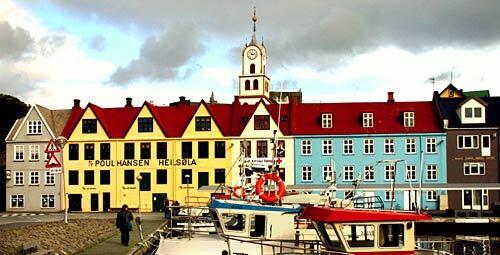
Torshavn, on Streymoy, is the capital of the Faroe Islands, an autonomous province of the Kingdom of Denmark. These modern government buildings sit near the site where Vikings held their “ting,” or parliament, beginning in 825. The Viking heritage is still clear even in the name “Torshavn,” which means “Thor’s Harbor.” (Catherine Watson / For The Times)
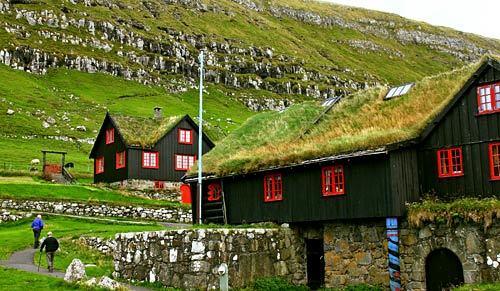
The Roykstovan farmhouse in Kirkjubour was made of blackened logs floated in from Norway, and after 17 generations its still in the hands of its original family. (Catherine Watson / For The Times)
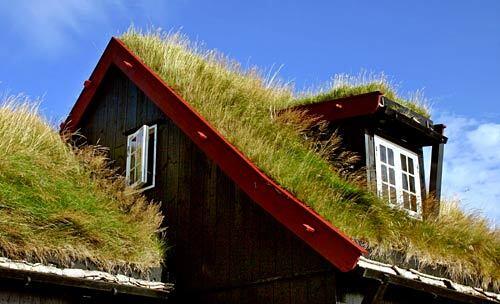
Some houses, such as this one near the town of Tinganes, use sod roofs. (Catherine Watson / For The Times)
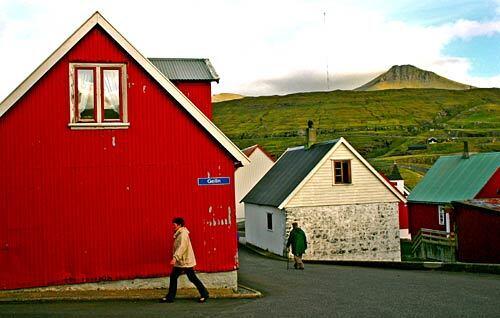
The streets of Eidi on Esturoy Island are clean. (Catherine Watson / For The Times)
Advertisement
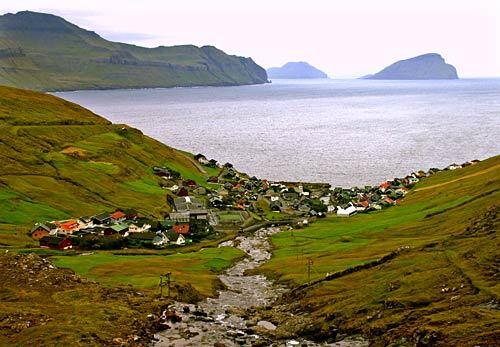
Kvivik is a classic Viking town. (Catherine Watson / For The Times)
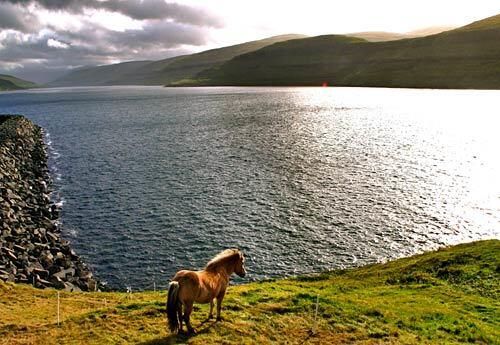
A horse stands in Eidi on Estoroy, facing Streymoy. (Catherine Watson / For The Times)
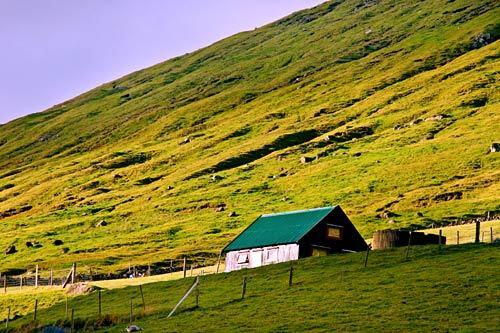
Much of the islands have a rustic feel, such as this hillside at Kollafjordur. (Catherine Watson / For The Times)
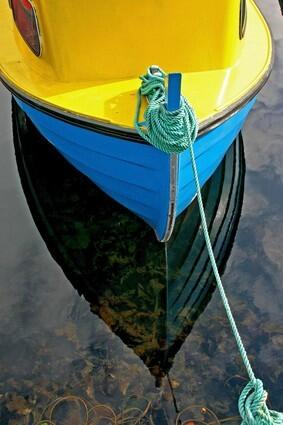
Boating is integral to the islands’ history and people. The Faroes are about halfway between Scotland and Iceland. Vikings and whaling are part of the islands’ lore. Here, a boat is tied up at Torshavn. (Catherine Watson / For The Times)
Advertisement
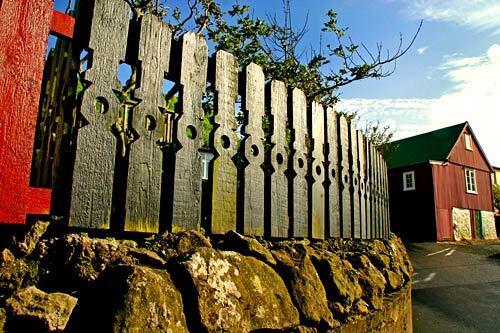
Torshavn is home to nearly half of the archipelago’s population. (Catherine Watson / For The Times)
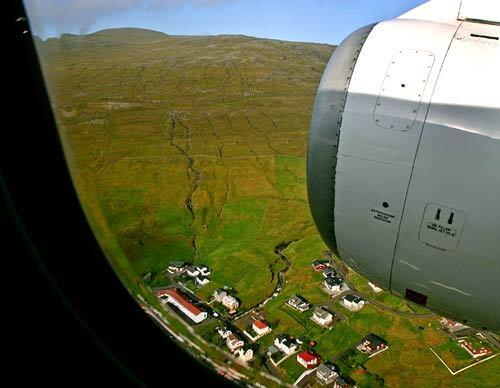
A view of Vagur Island from a jet. (Catherine Watson / For The Times)



